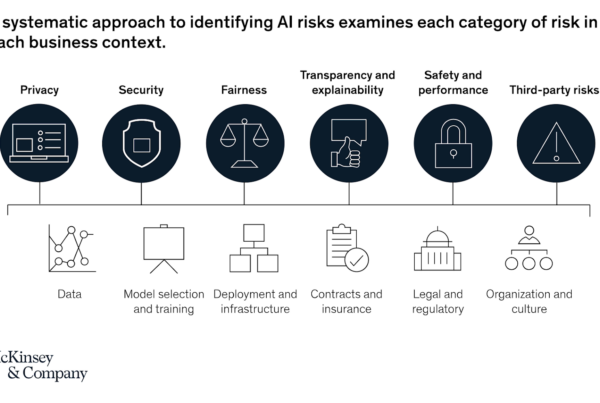The United Nations Climate Action has identified cutting emissions as one of its primary objectives in tackling climate change, in addition to moving to a greener global economy and building a more resilient future. To contribute to these ambitious goals and improve ESG performance, many companies are pursuing social innovation. One socially impactful avenue is carbon sequestration.
Carbon sequestration’s role in combating climate change is multifaceted. Carbon sequestration secures carbon dioxide, preventing it from entering the Earth’s atmosphere. There are three types of carbon sequestration: biological, geological, and technological. According to a UC Davis report, 45% of carbon dioxide stays in the atmosphere and the rest is sequestered naturally by the environment and 30% of the carbon dioxide emitted from burning fossil fuels is absorbed by the upper layer of the ocean. Carbon sequestration methods can benefit the atmosphere and reduce greenhouse gases, while also improving soil fertility and nutrient cycling and water quality, and decreasing wind and water erosion.
In his book, Symphony in C: Carbon and the Evolution of (Almost) Everything, research scientist Robert M. Hazen examines carbon as a source of life on earth and how it is crucial to the evolution to Earth and its atmosphere.
Highlights from Symphony in C:
- Following the big bang, heavier atoms like oxygen, nitrogen, and carbon emerged — carbon became one of the most common elements in the universe.
Most of Earth’s carbon is near the surface and “carbon-bearing minerals” are crucial for our modern world (e.g., steel, cement and glass, fertilizer for crops, medications, dynamite, jewelry, the list goes on). - Earth’s atmosphere emerged as carbon entered the air – originating in space from solar winds and meteorites, as well as fluids deep inside the planet – water became the oceans and gases became the air, initiating a carbon cycle.
- How the carbon cycle works: Carbon moves from the air into the remote interior of the Earth and then rises back up to the surface.
- The balance of the carbon cycle has changed over billions of years, but with the advent of the Industrial Revolution and technological advances (which led to fossil fuel-use on a massive scale), carbon dioxide was released, indelibly changing the carbon cycle.
- Which brings us to a real climate change consequence: It is driven by increases in carbon in the atmosphere, which is the consequence of human activities. This necessitates a shift to other energy sources like wind and sunlight to help shift the balance.
“Carbon cycling lies at the heart of the rapid changes that humans are imposing on Earth, both planned and unintentional.” -Robert M. Hazen, Symphony in C
Startups that are using carbon sequestration for social innovation and/or impact include See O2 Energy, Mirreco, Deep Branch Biotechnology, Hexas, and Carbonfree Chemicals. Their work demonstrates that there is great startup potential and global demand for technology solutions and consultancies to restructure supply chains and operations to be more environmentally conscious.

Carbon is a fundamental part of the Earth and its inhabitants’ lives. Discovering and innovating around improving the carbon cycle is a new and ready challenge for our times and our infinite innovation capabilities.










